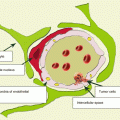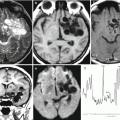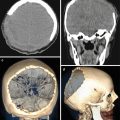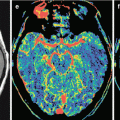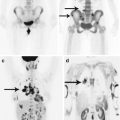, Valery Kornienko2 and Igor Pronin2
(1)
N.N. Blockhin Russian Cancer Research Center, Moscow, Russia
(2)
N.N. Burdenko National Scientific and Practical Center for Neurosurgery, Moscow, Russia
Currently, the issue of interpretation of neuroradiological findings in the differential diagnosis of metastatic brain lesions, particularly in solitary (single) lesions, causes great difficulties. With the development of imaging methods, from direct angiography to magnetic resonance imaging and positron emission tomography, the perplexity of differential diagnosis between primary and secondary brain tumors is still in the spotlight. Most metastatic lesions do not have any specific neuroimaging characteristics when using standard diagnostic approaches. They can be solid and cystic, contain in their structure areas of necrotic decay or hemorrhages, and, in case of multiple metastatic lesions, may be characterized by all of the above at the same time. There are a number of neoplastic and nonneoplastic lesions in the brain that have similar clinical and radiological manifestations. In this section, we will review some abnormal conditions and lesions of the brain, which, from the point of view of a radiologist, cause the greatest difficulty in the differential diagnosis with metastatic brain lesions from primary extracranial malignant tumors.
Stay updated, free articles. Join our Telegram channel

Full access? Get Clinical Tree



